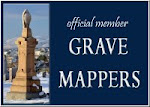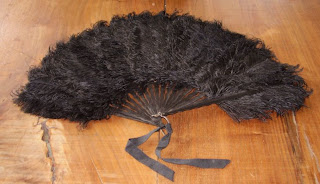
The meeting house shown on this postcard was started in 1757 and completed 1759. The burying grounds are immediately behind the meeting house. Until 1900 it was still used for burial; however they had to stop because old graves were being uncovered when a new grave was dug. Due to the age of the cemetery many stones are buried, missing, broken, or vandalized. Many loose stones are simply placed behind the meeting house. It was transcribed sometime in the 1970’s then again more recently.
The Harpswell Garden Club has had a big hand in restoring the stones and grounds. Today it is a well kept historical site. It is a National Historical Landmark (68000014).
The citizens of the burying grounds include many early settlers of Harpswell, including the builder and minister of the Meeting House, Elisha Eaton.












